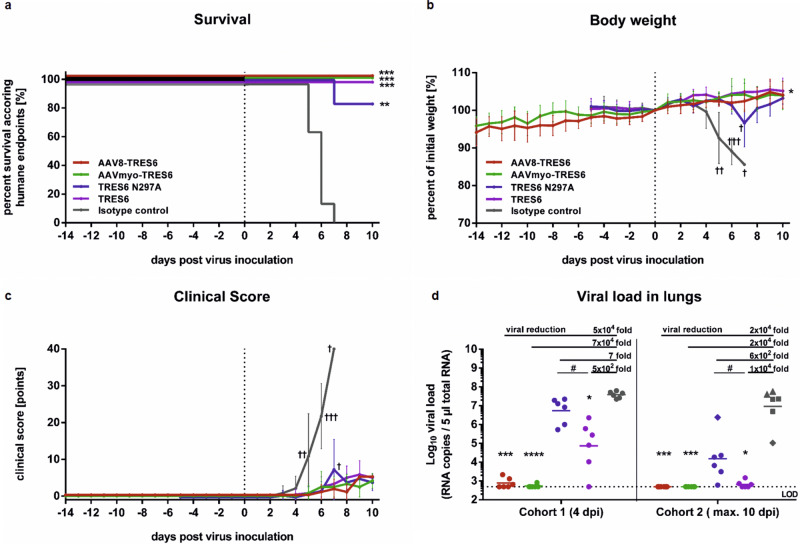Fig. 4. Murine challenge study after AAV-vectored delivery of TRES6.
Female K18 hACE2 mice (n = 6 per cohort, ♀ = 6) received intravenously (i.v.) either 5 × 1011 vg AAV8-TRES6 (red) or 5 × 1011 vg AAVMYO-TRES6 (green) 14 days prior to intranasal SARS-CoV-2 challenge using 300 FFU of Wuhan strain. Control mice received i.v. either 3.33 mg/kg TRES6 (purple), TRES N297A (blue), or isotype control (gray) 5 days prior to the challenge. Cohort 1 (n = 6) was euthanized on day 4 and cohort 2 (n = 6) was euthanized according to humane endpoints or latest at day 10 after the challenge. The percentage of surviving animals according to humane endpoints are shown (a). Statistical evaluation of survival data were performed using the Mantel-Cox test in comparison to isotype control (*p ≤ 0.1; **p ≤ 0.01; ***p ≤ 0.001). Cohort 1 (n = 6) was euthanized at day 4. Mice were monitored daily for body weight (b) and cohort 2 (n = 6) was euthanized according to clinical score (c). Data shown were presented as means ± standard errors (humane endpoints ≥20 points, indicated as †). Viral RNA was extracted from lung homogenates and quantified by SARS-CoV-2-specific RT-qPCR (d). Data points shown represent viral copy numbers in each animal with the geometric mean of each group. Each point represents one mouse, whereby circles (●) indicate a survival of four or ten days post-infection and other symbols indicate mice that had to be euthanized according to humane endpoints at day 5 (▲), day 6 (⬛), or day 7 (♦). Statistical evaluation of the body weight, clinical score, and viral load data were performed by Mann–Whitney U-test (*p ≤ 0.05; ***p ≤ 0.001; ****p ≤ 0.0001; not indicated: non-significant). LOD limit of detection, dpi days post-infection.

